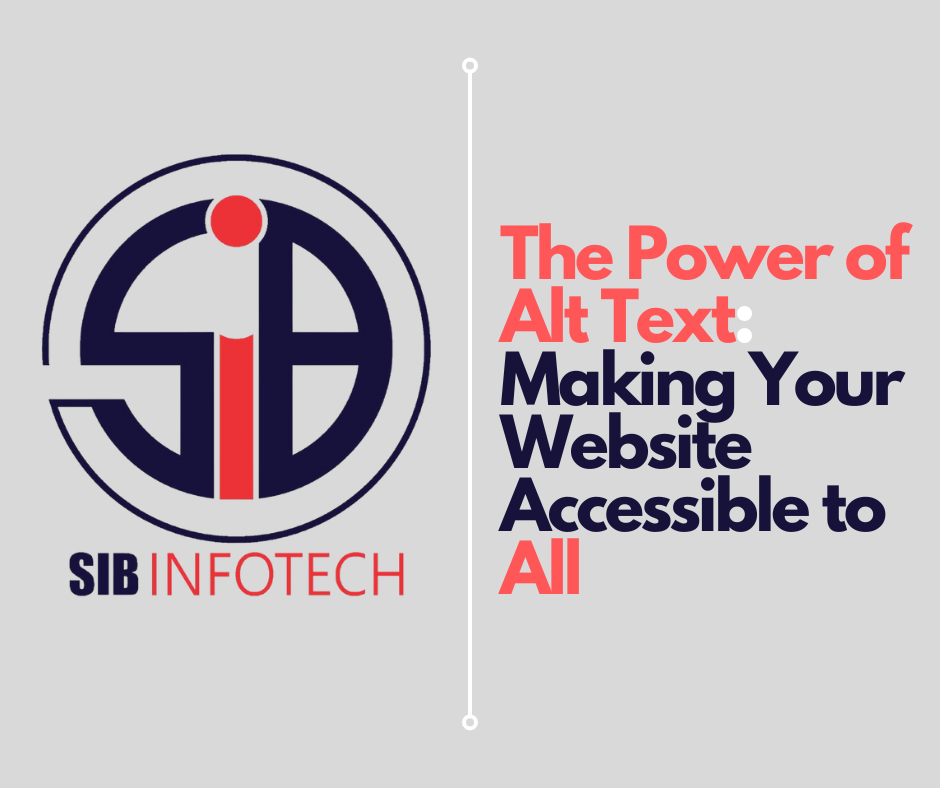In the vast landscape of web design and development, there’s a crucial element that often gets overlooked: Alt Text. Short for alternative text, Alt Text serves a significant purpose in making digital content accessible to everyone, regardless of their abilities. So, what exactly is Alt Text, and why is it important?
Understanding Alt Text
Alt Text is a brief description or text alternative for an image within a webpage’s HTML code. It’s primarily used to describe the content and function of an image to users who might not be able to see it. This includes individuals who use screen readers due to visual impairments, as well as those with slow internet connections where images may not load properly.
Why is Alt Text Important?
- Accessibility: One of the primary reasons Alt Text is crucial is its role in web accessibility. By providing descriptive text for images, you ensure that visually impaired users can understand and engage with your content effectively. This not only expands your audience but also demonstrates your commitment to inclusivity.
- SEO Benefits: Alt Text plays a vital role in search engine optimization (SEO). Search engine crawlers rely on Alt Text to understand the content of images, which helps improve your website’s visibility in search engine results pages (SERPs). Including relevant Alt Text with keywords related to your content can boost your site’s ranking and drive more organic traffic.
- Enhanced User Experience: Alt Text enriches the overall user experience by providing context and clarity. Even for users who can see the images, Alt Text can reinforce the meaning or message conveyed by the visuals. It ensures that everyone, regardless of their browsing conditions or abilities, can fully comprehend your content.
- Compliance and Legal Requirements: In many regions, including Alt Text is not just a best practice but also a legal requirement. Web accessibility standards, such as the Web Content Accessibility Guidelines (WCAG), mandate the inclusion of Alt Text to ensure equal access to digital content for all users. Failure to comply with these standards could result in legal consequences and damage to your brand reputation.
Best Practices for Alt Text
- Be Descriptive: Provide concise and accurate descriptions that convey the purpose and content of the image.
- Use Keywords: Incorporate relevant keywords into your Alt Text to improve SEO without keyword stuffing.
- Avoid Redundancy: Don’t repeat information already present in the surrounding text.
- Keep it Concise: Aim for a balance between providing sufficient detail and keeping the Alt Text concise and to the point.
Conclusion
In today’s digital landscape, creating inclusive and accessible web experiences is not just a moral imperative but also a strategic advantage. Alt Text is a simple yet powerful tool that can make a significant difference in how users interact with your website. By incorporating Alt Text into your web design practices, you not only ensure compliance with accessibility standards but also enhance your SEO efforts and improve the overall user experience. So, the next time you upload an image to your website, remember to include Alt Text—it’s a small change that can make a world of difference.

